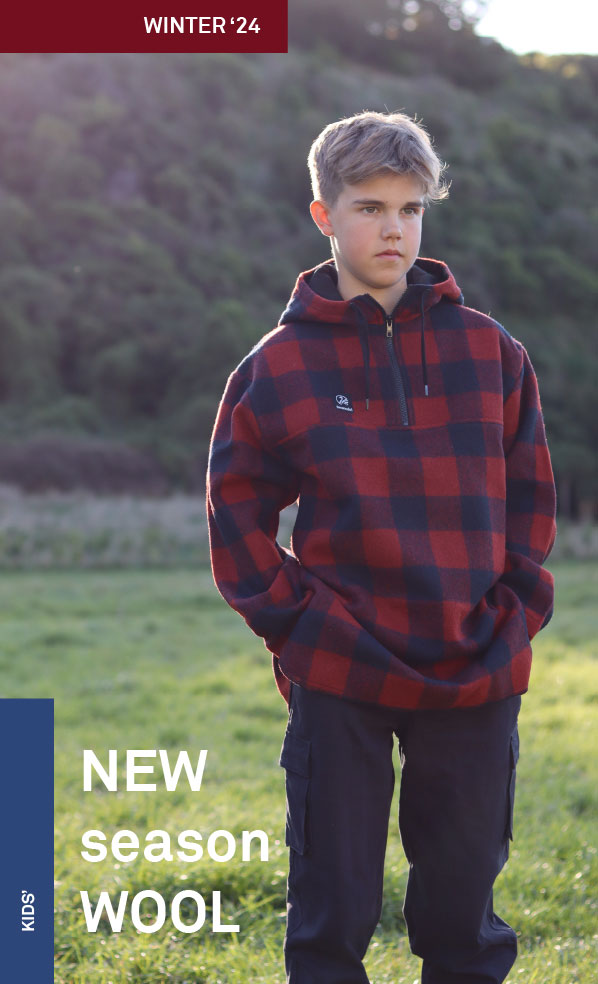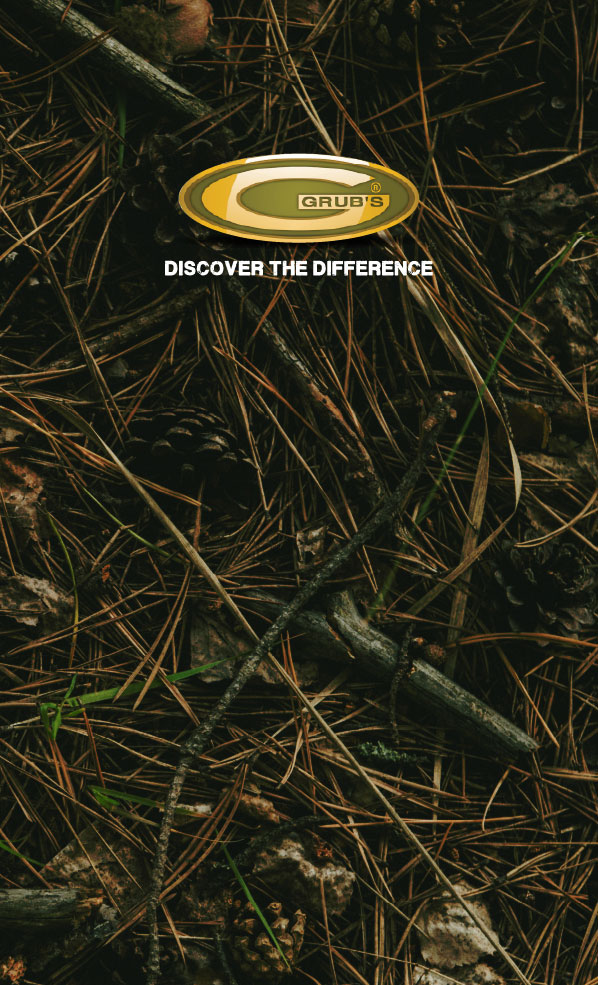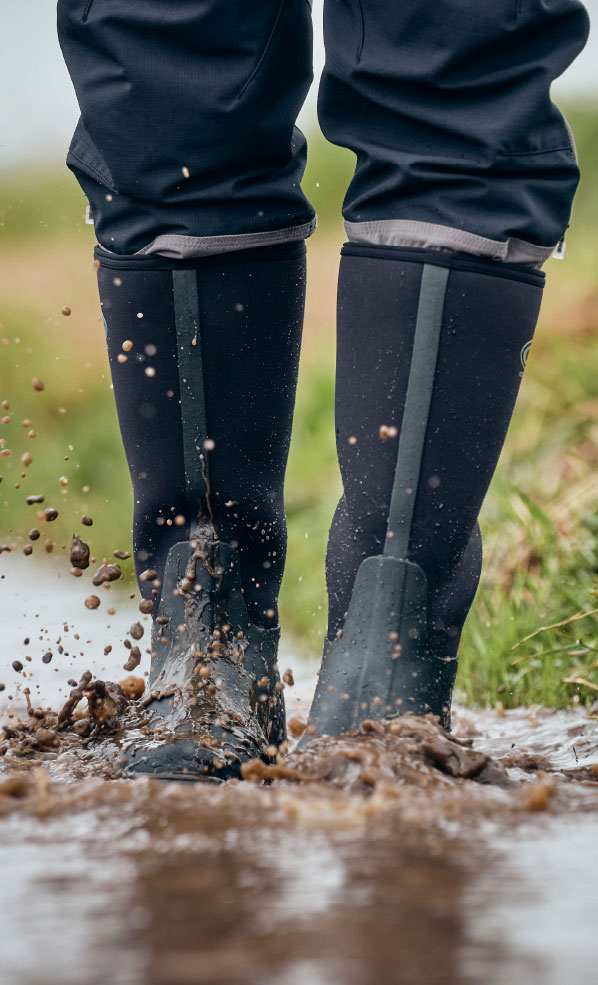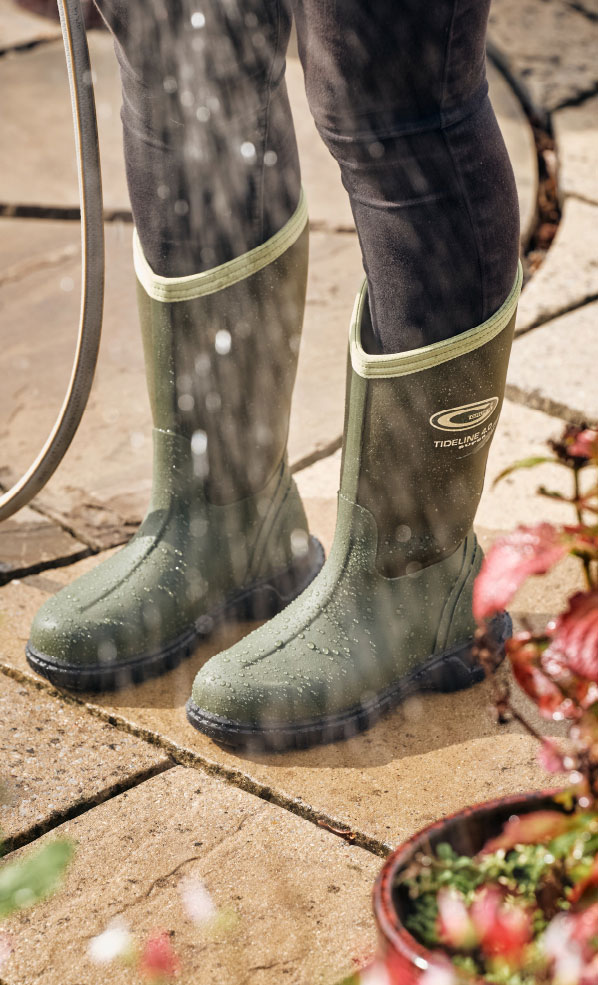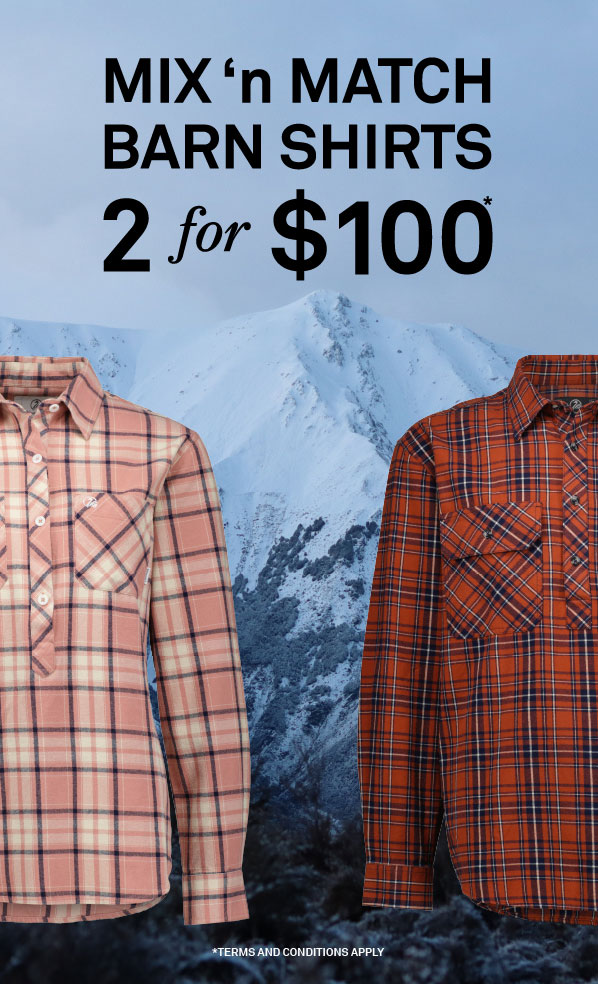 By
Swanndri NZ
By
Swanndri NZ
The Origins of Oilskin
- August 6, 2021
There’s nothing worse than getting wet, right? If you think it’s a bit of a niggle now, imagine what it was like for sailors on the high seas or farmers at the far edge of nowhere back in the 1700s.
Back then, sailors, fishermen and anyone else working in foul weather would smear their clothing with oil (or sometimes tar) to help keep them warm and dry. It did a job. But it made clothing heavy, it didn’t last long and it wasn’t breathable.

Then, in 1898, the first modern oilskin garment was made. And what-do-you-know, it was made right here in New Zealand.
That’s right, the story of oilskins starts here in Aotearoa, with a chap named Edward Le Roy. He was a sailor who worked on Windjammer ships, taking wool and wheat to Europe and Australia. It was a rough and rugged line of work, and in it he experienced first-hand the need for a new kind of outer-layer clothing that offered long-lasting waterproofing and protection from the worst of the elements, while still being flexible, comfortable and breathable.

In his down-time as a landlubber here at home, he started experimenting. He created a concoction of linseed oil and wax and painted it in layers onto worn out old sailcloth. The result – after a few iterations – was a long-lasting water-resistant garment that could be comfortably worn and worked in while on deck in a full range of foul weather.
Le Roy’s oilskin garments quickly became popular with his fellow sailors, and as word spread and demand grew, Le Roy quickly went from producing oilskin garments out of a backyard shed to full time production with a business partner in Australia.
Yep, these new oilskins caught on quick across the ditch too – albeit with a few tweaks for the Aussie stockman lifestyle. In fact, all within a few short years, Le Roy’s oilskins had taken not only Australia by storm, but also found popularity in the UK, the USA and of course, right here in New Zealand.
Since then, they’ve become an essential outdoor garment for everyone from fishermen and farmers to stockmen and soldiers. They’ve become known by different names in different places – slickers, barbours, driza-bones, sou-westers, linkums. But here in New Zealand, we keep it simple. We stick to the original. The oilskin.
Here at Swanndri, we love the story of oilskins. For one thing, it’s interesting, but it’s also a story not too dissimilar from our own. A practical invention, brought about by a real need, with its roots right here in New Zealand.
These days, we’re proud to make our own oilskin products in ways that we reckon Le Roy would approve of. While the proofing solution has been improved over the years, the principles remain the same: oilskins need to be durable, adaptable, comfortable and easy to use, regardless of the weather.
We use modern methods and materials to make hard-wearing, weather-proof garments that outdoors-loving New Zealanders (and their dogs) love.
If you've got an oilskin of your own that could do with a bit of attention, we've put together an oilskin care guide that covers caring for and cleaning your oilskin garments. We also have tins of oilskin reproofing wax that will keep the protective coating on your outerwear working as it should.
 Men
Men Women
Women Kids
Kids Accessories
Accessories Boots
Boots


